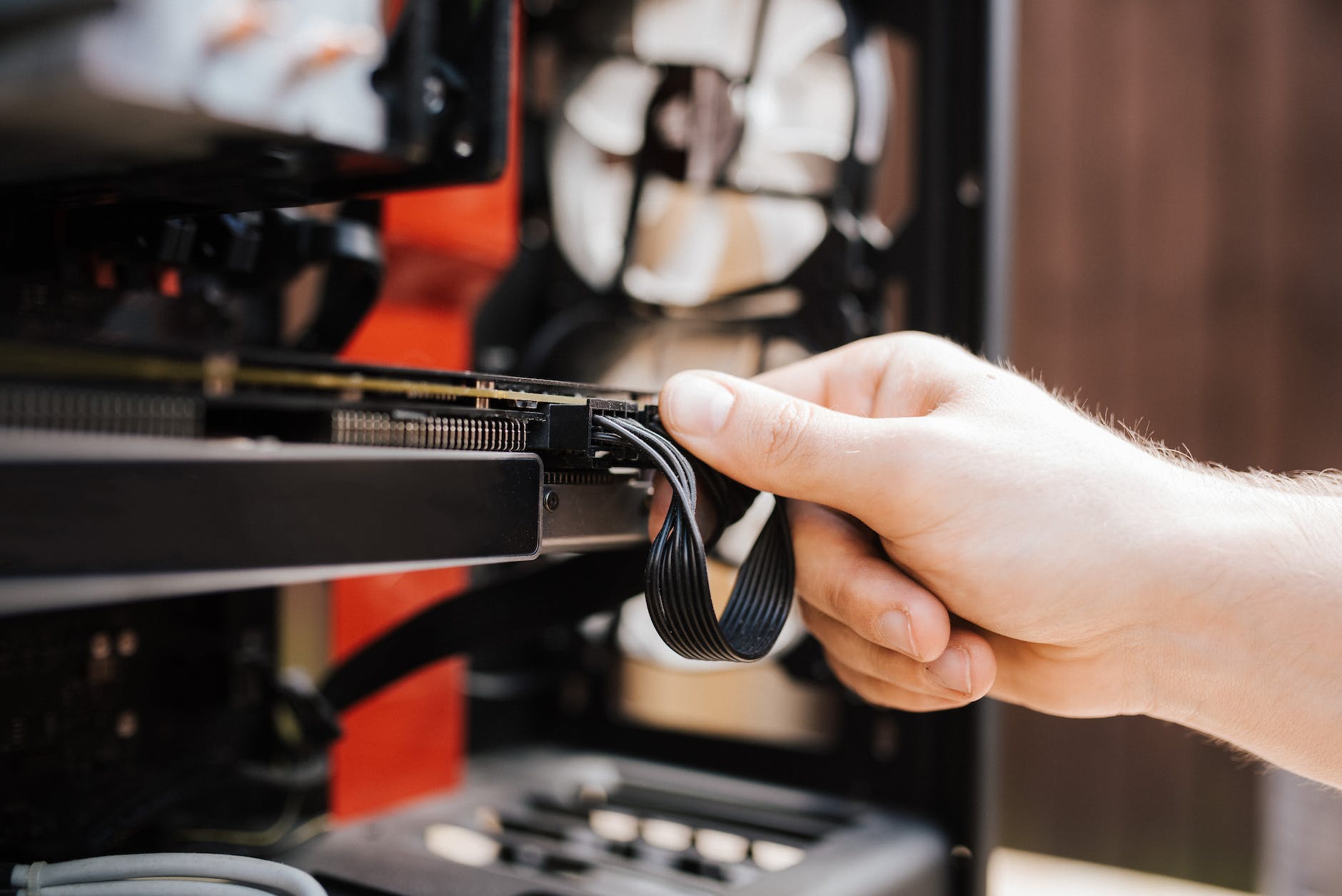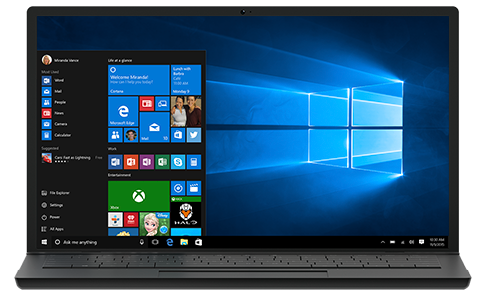Got tech troubles? Don’t wait! Contact us today
📞 (226) 980 9800 or fill out our WebForm click here , and get your devices back on track.
Fixing a PC can be a broad task that depends on the specific problem you’re experiencing. to troubleshoot and potentially fix issues with a Windows 10 / Windows 11 PC, follow these steps:
- Restart Your PC: Sometimes, a simple restart can resolve many issues.
- Backup your data ASAP: Before trying anything, make sure your data are backed up to an external drive/usb/cloud storage etc!
- Check for Windows Updates:
- Go to Settings > Update & Security > Windows Update.
- Check for updates and install any pending updates. Updates can often fix known issues.
- Run Windows Troubleshooters:
- Windows 10/11 has built-in troubleshooters for various common problems.
- Go to Settings > Update & Security > Troubleshoot.
- Run the relevant troubleshooters for your specific issue.
- Scan for Malware and Viruses:
- Use your installed antivirus software to run a full system scan.
- You can also use Windows Defender:
- Go to Settings > Update & Security > Windows Security.
- Click on Virus & Threat Protection and run a Quick or Full Scan.
- Check Disk for Errors:
- You can check for and repair disk errors using the built-in Windows utility:
- Open Command Prompt as an administrator (search for “cmd,” right-click, and select “Run as administrator”).
- Type
sfc /scannowand press Enter. This command will scan and attempt to repair system files. - You can also run
chkdsk /fto check for and repair disk errors.
- You can check for and repair disk errors using the built-in Windows utility:
- Uninstall Problematic Software:
- If your PC started experiencing issues after installing new software, consider uninstalling it.
- Go to Settings > Apps > Apps & features and select the problematic software to uninstall.
- Check for Driver Issues:
- Outdated or incompatible drivers can cause various problems.
- Update your drivers:
- Right-click on the Start button and select “Device Manager.”
- Right-click on devices with issues and select “Update driver.”
- Restore to a Previous State:
- If you recently installed software or drivers that caused problems, you can use System Restore to revert to a previous state:
- Search for “Create a restore point” and open it.
- Click the “System Restore” button and follow the wizard.
- If you recently installed software or drivers that caused problems, you can use System Restore to revert to a previous state:
- Clean Boot:
- Sometimes, third-party software can conflict with Windows. You can perform a clean boot to diagnose this:
- Type “msconfig” in the Windows search bar and press Enter.
- Go to the Services tab and check “Hide all Microsoft services.” Then, click “Disable all.”
- Go to the Startup tab and click “Open Task Manager.”
- In the Task Manager, disable startup items one by one, rebooting after each, to identify the problematic one.
- Sometimes, third-party software can conflict with Windows. You can perform a clean boot to diagnose this:
- Check for Hardware Issues:
- Run hardware diagnostics to check for hardware problems. The method for running hardware diagnostics can vary depending on your PC’s manufacturer.
- Seek Professional Help:
- If you’re not comfortable with these steps or the issue persists, consider seeking assistance from a professional technician. Always remember Apamea Tech CA always ready to assist you.
Remember to back up your important data before attempting major fixes like a system restore. Additionally, make sure you have valid product keys or licenses for software you may need to reinstall.





